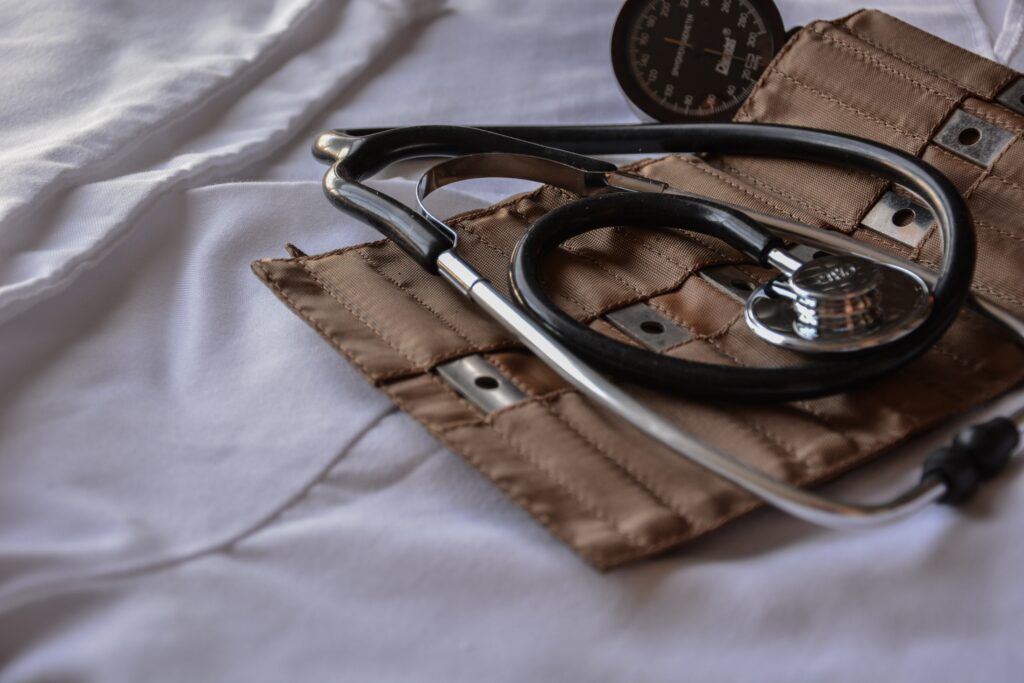In the realm of medical education, the integration of art and humanities has proven to be a transformative approach. Beyond the technical knowledge and clinical skills, incorporating artistic and humanistic disciplines provides aspiring healthcare professionals with a unique perspective that cultivates empathy and reflective practice. In Malaysia, this innovative approach to medical education has gained recognition for its positive impact on future healthcare practitioners. This article explores the influence of art and humanities in medical education, highlighting the benefits they offer to Malaysian students. Click www.rcsiucd.edu.my for more info.
What are Art and Humanities in Medical Education?
Art and humanities in medical education encompass a broad range of disciplines, including literature, visual arts, theater, music, and philosophy. These subjects are integrated into the medical curriculum to offer a holistic approach to education, complementing the scientific and technical aspects. By engaging with art and humanities, medical students develop a deeper understanding of the human experience, enhancing their abilities to connect with patients on a more profound level.
How do Art and Humanities Promote Empathy?
Empathy lies at the core of compassionate healthcare. Art and humanities provide medical students with opportunities to explore diverse narratives, cultures, and perspectives, fostering empathy and cultural sensitivity. Literature, for instance, allows students to immerse themselves in different characters’ lives, promoting a nuanced understanding of human emotions and experiences. Visual arts and theater encourage observation and interpretation skills, enabling students to recognize and empathize with nonverbal cues.
How do Art and Humanities Encourage Reflective Practice?
Reflective practice is a vital component of medical education, enabling students to evaluate their own experiences, decisions, and interactions with patients. Art and humanities offer a unique avenue for self-reflection. Through literature, students encounter complex ethical dilemmas and moral quandaries, prompting them to critically analyze their own values and beliefs. Philosophy and ethics classes further facilitate thoughtful contemplation and self-assessment, helping students develop a strong ethical foundation.

The Advantages of Integrating Art and Humanities in Medical Education
- Enhancing Communication Skills: Art and humanities training enhances communication skills, allowing medical professionals to effectively convey complex medical information to patients, colleagues, and the wider community.
- Cultivating Critical Thinking: The integration of art and humanities nurtures critical thinking skills among medical students. They learn to question assumptions, challenge existing paradigms, and seek creative solutions to complex healthcare challenges.
- Building Cultural Competence: Through exposure to diverse art forms and cultural narratives, medical students develop cultural competence, essential for providing quality care to Malaysia’s multicultural population.
- Promoting Professionalism: The study of art and humanities fosters professionalism by emphasizing ethical conduct, empathy, and self-reflection. These attributes are crucial for ethical decision-making and maintaining patient-centered care.
Conclusion
Incorporating art and humanities into medical education in Malaysia has proven to be an invaluable approach to nurturing empathetic and reflective healthcare professionals. By going beyond the confines of science and technology, students are exposed to the diverse human experiences and develop a deeper understanding of their patients’ needs. The integration of art and humanities enhances communication skills, cultivates critical thinking, builds cultural competence, and promotes professionalism among aspiring healthcare practitioners. As Malaysia strives for a healthcare system that is compassionate and patient-centered, the influence of art and humanities in medical education continues to play a pivotal role in shaping the future of healthcare in the country.





